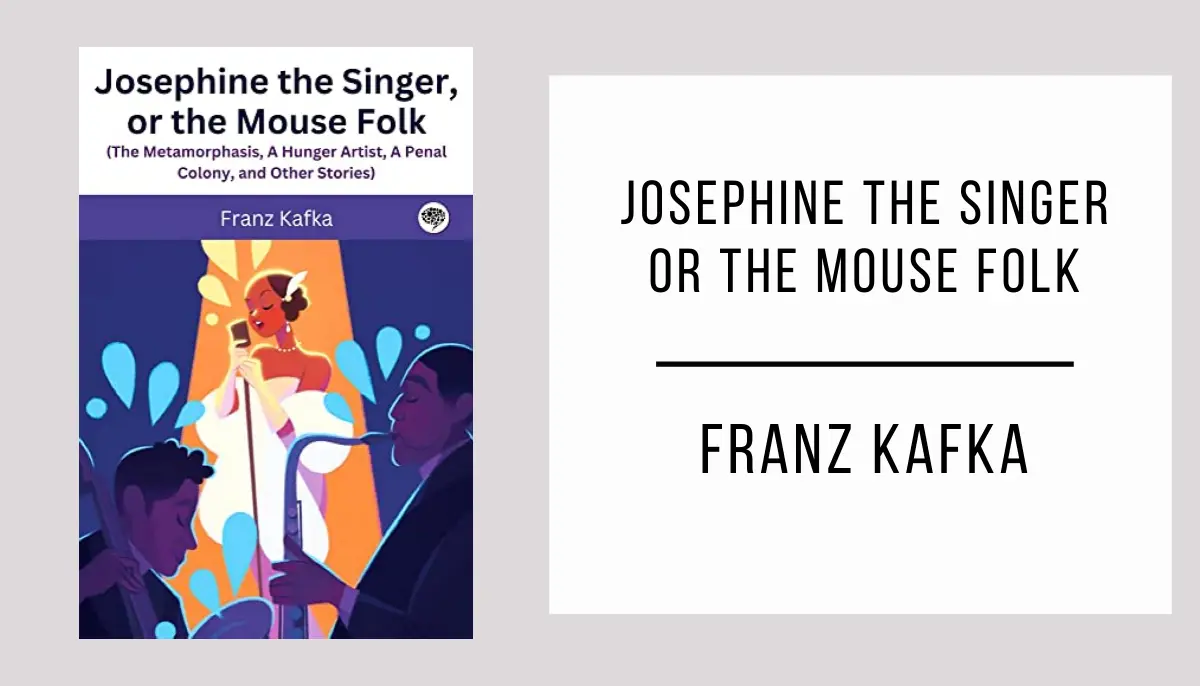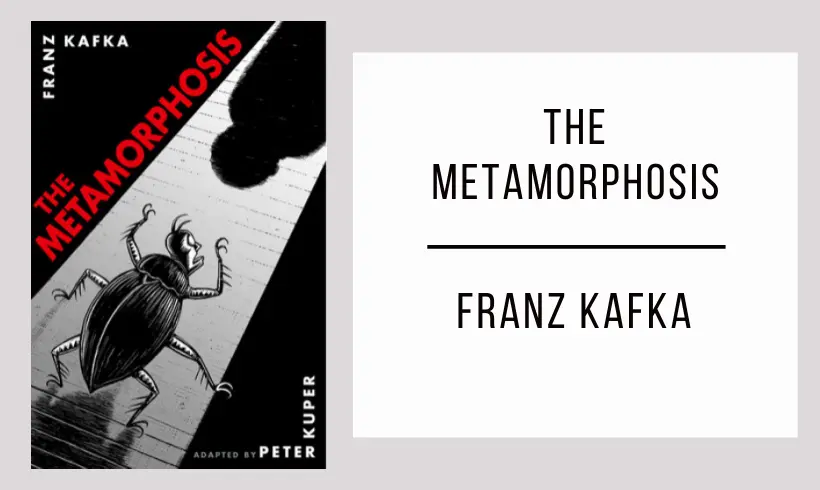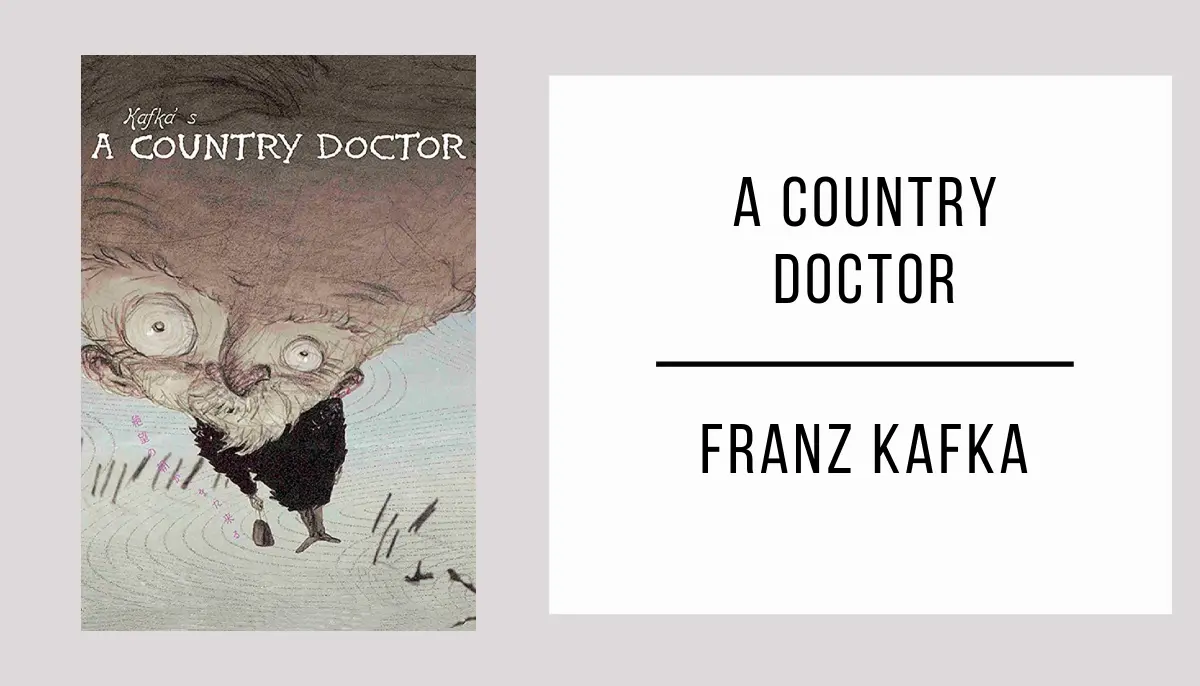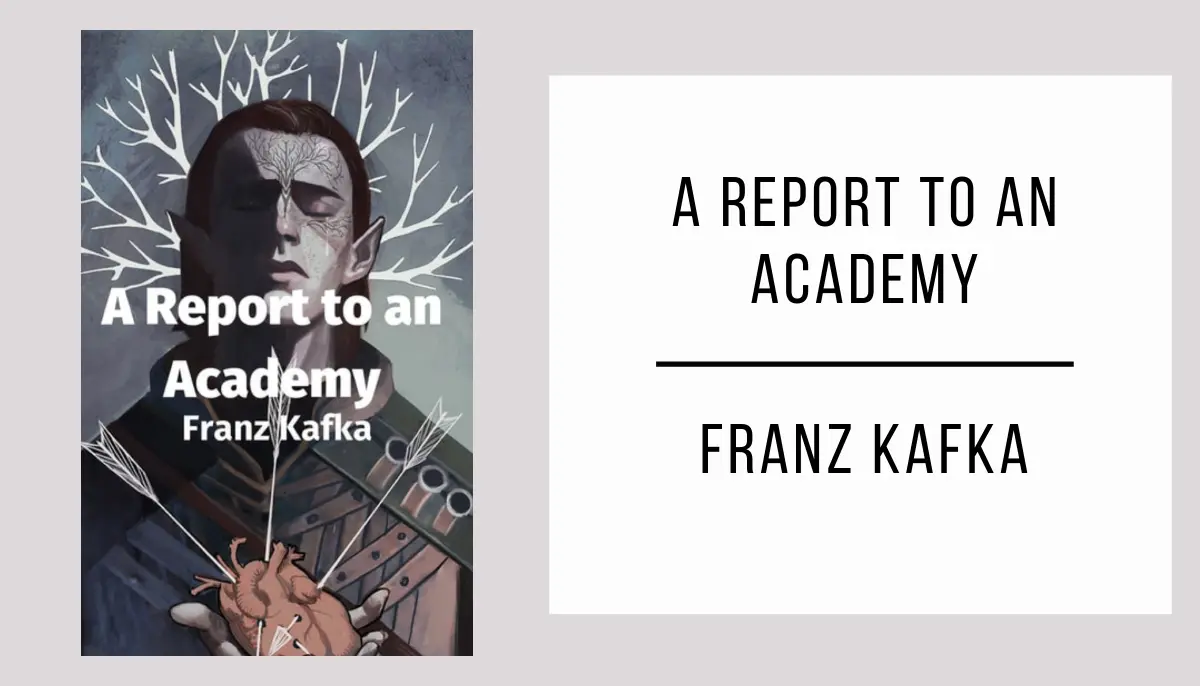“Josefine the Singer, or the Mouse Folk” is a captivating work by Franz Kafka that explores the relationship between an artist and their audience in an extraordinary world of rodents.
Download and read “Josefine the Singer, or the Mouse Folk” in PDF format for free. Immerse yourself in this fascinating story and discover the power of music and art.
Let yourself be carried away by Kafka’s masterful prose and delve into the world of “Josefine the Singer, or the Mouse Folk,” a reading that will challenge you to reflect on loneliness, admiration, and the value of art in our lives.
Josephine the Singer or the Mouse Folk in PDF
*Wait a few seconds for the document to load, the time may vary depending on your internet connection. If you prefer, you can download the file by clicking on the link below.
Loading fileInformation Josephine the Singer or the Mouse Folk
- Author: Franz Kafka.
- Publication Date: 1924.
- Main Characters:
- Josefine (singer of the mice).
- The community of mice.
- Brief Summary: “Josefine the Singer, or the Mouse Folk” is a story written by Franz Kafka that explores the relationship between a talented singer named Josefine and the community of mice. Despite being a rarity among her people, Josefine is admired for her ability to sing. However, as she struggles to be recognized and valued, her disappearance leaves the community confronting her absence.
- Thematic Analysis: “Josefine the Singer, or the Mouse Folk” addresses themes of the artist’s loneliness, the quest for recognition, and the importance of art in people’s lives. Josefine represents the figure of the misunderstood artist who struggles to find her place in society.
- Historical Context: “Josefine the Singer, or the Mouse Folk” was published in 1924, shortly after Franz Kafka’s death. The story reflects the sensitivity and unique style of the author, who explored existential and social themes in his works.
Franz Kafka Books
This is our complete collection of Franz Kafka’s books.
















